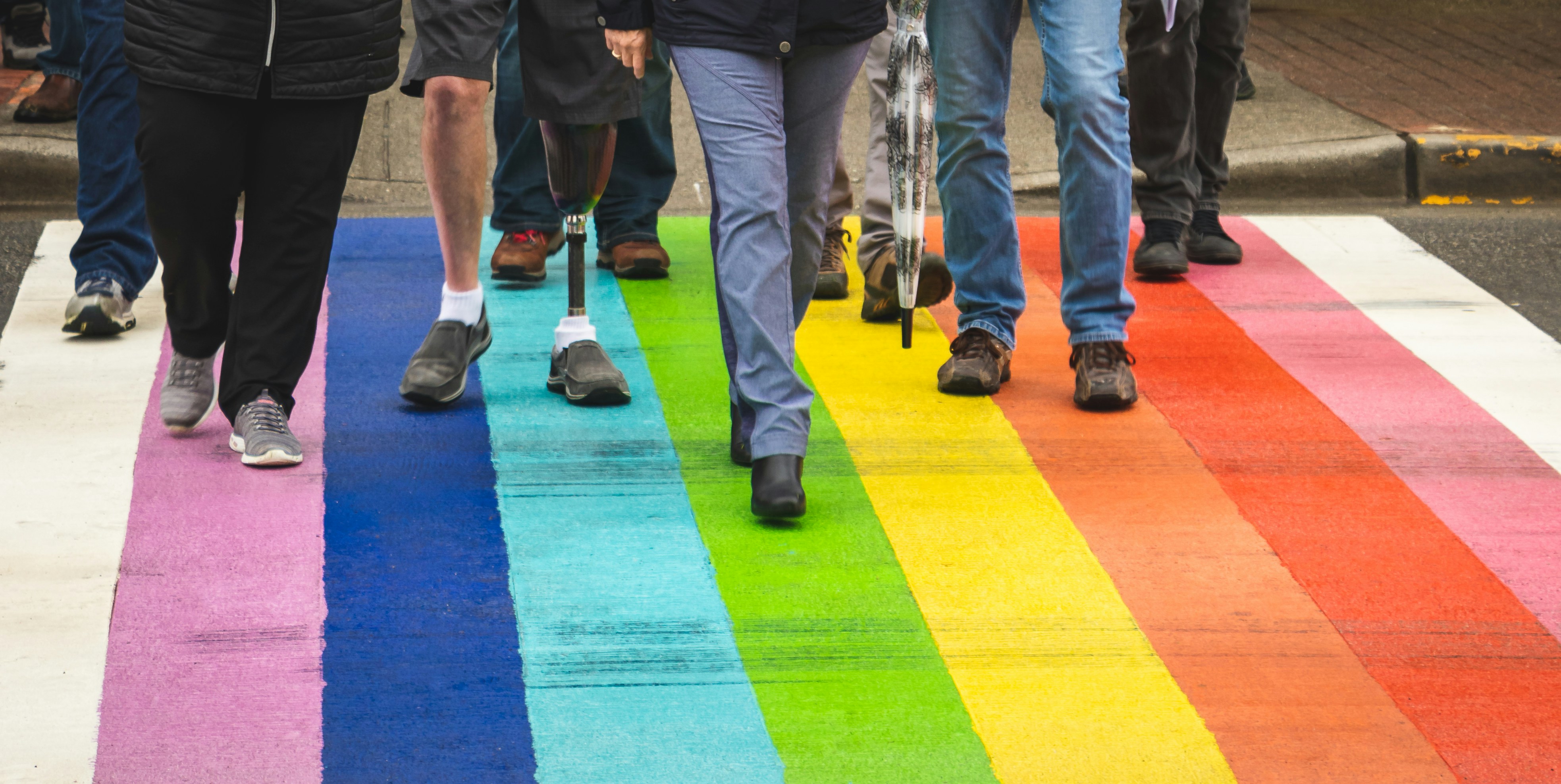Migration patterns and integration strategies
Migration reshapes communities and economies across regions, driven by labor markets, conflict, climate, and family ties. Understanding demographic trends and integration strategies helps policymakers, civil society, and local services design inclusive responses that balance social cohesion, rights, and access to education, employment, health, and welfare for diverse populations.

Migration is a defining process of the 21st century, influencing demographics, urban growth, and cultural change worldwide. Patterns of movement—temporary labor migration, family reunification, refugee flows, and internal rural-to-urban shifts—interact with aging populations, labor markets, and public health needs. Effective integration strategies require coordinated governance, local inclusion policies, and investments in education, employment, and welfare systems so that newcomers and host communities can adapt while protecting human rights and reducing inequality.
How do migration patterns shape demographics and urbanization?
Migration alters demographic profiles at multiple scales. In many countries, inward migration offsets aging and low birth rates, changing age structures and workforce composition. Internal migration from rural to urban areas accelerates urbanization, concentrating population growth in cities that must expand housing, transport, and public services. International migration can also redistribute skills and remittances, affecting both sending and receiving regions. Planners need demographic data to forecast demand for schools, elder care, and labor force participation and to adapt urban planning to more diverse populations.
What drives migration and how does it affect culture and diversity?
Push and pull factors—economic opportunities, conflict, environmental stress, and family networks—shape flows. Arrival of new groups brings linguistic, religious, and cultural diversity that enriches social life but can also create integration challenges if inclusion is limited. Cultural exchange occurs in schools, workplaces, and civic spaces; strategies that promote intercultural dialogue and language access help reduce social friction. Policy approaches that recognize cultural contributions while ensuring equitable access to rights and services can strengthen social cohesion while respecting human rights.
How does migration relate to inequality, employment, and welfare?
Migration impacts inequality in complex ways. Newcomers may fill labor shortages but often enter precarious or low-paid jobs, facing barriers to formal employment, recognition of qualifications, and social protections. This can exacerbate income gaps unless employment policies, skills training, and welfare inclusion are designed to reach migrants. Welfare systems that integrate newcomers—through targeted programs, portable benefits, or accessible social assistance—help reduce vulnerability. Addressing structural inequality requires policies that connect migrants to decent work, enforce labor standards, and support routes to economic mobility.
What role do education and public health play in integration?
Education is central to long-term inclusion: language instruction, recognition of foreign credentials, and equitable access to schools promote social mobility and civic engagement. Early childhood and school-based programs can foster mutual understanding across diverse groups. Public health systems must adapt to serve mobile populations, ensuring vaccination, mental health support, and culturally competent services. Integrating migrants into health coverage and preventive care reduces public health risks and supports workforce participation. Cross-sector coordination between education, health, and employment services improves outcomes for both migrants and host communities.
How can governance and civic engagement support inclusion and human rights?
Local and national governance shape integration pathways through laws, regulations, and community programs. Inclusive governance includes participation channels for migrants, anti-discrimination enforcement, and transparent policies that respect human rights. Civic engagement—through community organizations, faith groups, and local initiatives—builds trust and facilitates service delivery. Decentralized approaches that empower local services and municipal governments often yield pragmatic solutions tailored to neighborhood needs. Effective governance also requires data-driven planning, accountability mechanisms, and partnerships between public, private, and civil society actors to manage diversity constructively.
What are considerations for aging populations, public health, and long-term inclusion?
Aging populations in many regions intersect with migration: migrants may counterbalance demographic decline but also create multigenerational care needs. Policies should integrate eldercare, family support, and labor market measures that consider both native and migrant workers. Public health priorities include addressing communicable and non-communicable diseases, mental health, and occupational safety for migrant workers. Long-term inclusion benefits from strategies that secure rights to housing, social protection, and legal status, while promoting pathways to citizenship or stable residency where applicable. Balancing welfare sustainability with inclusive protections is key to durable social cohesion.
Conclusion
Managing migration and integration requires holistic strategies that link demographic planning, urbanization management, labor market access, education, and public health. Policies that prioritize inclusion, enforce human rights, and foster civic engagement can mitigate inequality and harness the benefits of diversity. Local services, governance frameworks, and cross-sector collaboration play central roles in creating resilient communities where migrants and host populations share opportunities, responsibilities, and social protections.





